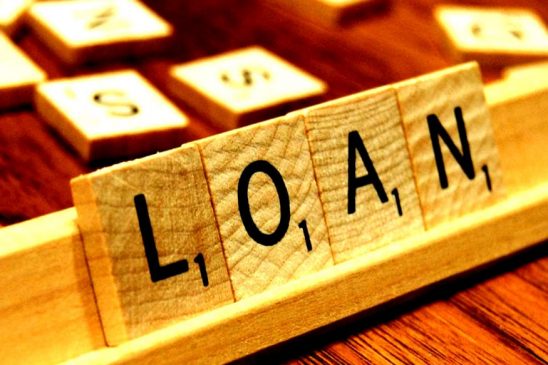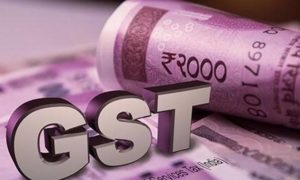MUMBAI: Amidst the rising cost of funds and to protect their margins, leading lenders such as State Bank of India, HDFC Bank and Punjab National Bank among others have increased their short-term loan pricing which is linked to the marginal cost of funds-based lending rate (MCLR) by 5-10 bps in select maturities.
Deposits have been fleeing bank vaults for quite some time now as other asset classes like equities and mutual funds have been giving them better returns. This is forcing banks, which for decades took public deposits for granted giving only negative returns, to offer higher prices to the depositors. The interest on deposits on average has gone up to 7.3 per cent now with the peak 8.5 per cent being offered by a couple of small private sector banks.
Read More: Step-by-Step Guide: How to Start Investing in Mutual Funds
While the State Bank of India has increased the MCLR by 10 bps across tenures, HDFC Bank has done so by 5 bps for the three-month money, and Punjab National Bank has hiked the rate by 5 bps for one-month and three-year money, according to the information on their respective websites. The new rates are effective immediately.
More banks had upped their loan rates in July as well in the similar quantum.
Since only a fraction of retail mortgage rates are linked to the MCLR, the repricing will not impact the EMIs of households who have personal, auto or home loans and therefore lesser impact on inflation. The short-term monies are normally availed of corporates and non-banks.
Read More: Airtel Finance Introduces Fixed Deposits At 9.1% Interest Rates
The one-year median MCLR of banks has gone by 170 bps from May 2022 (when the rate cycle turned north) to July 2024. Consequently, the weighted average lending rates (WALRs) on fresh and outstanding loans increased by 181 bps and 119 bps, respectively, during this period, according to Reserve Bank of India.
During this period (May 2022 and February 2023), the Reserve Bank has increased the key rates by 250 bps to 6.5 per cent.
During this period, the weighted average domestic term deposit rates, which include retail and bulk deposits, on fresh and outstanding deposits rose by 243 bps and 188 bps, respectively, the RBI report said.
The lending rate hike is in response to this and also protects their margins as they have been forced to pay higher rates to their depositors, deposits accretion has for been lagging credit growth.
The cost of deposits has been rising for some time and as the older deposits priced lower mature now are getting replaced by high-rate deposits because of this banks are increasing the MCLR rates.
In response to the 250 bps policy rate hike since May 2022, banks have revised their repo-linked external benchmark-based lending rates (EBLRs), on which most loans are linked now, upwards by a similar magnitude.
As there is a huge lag in deposit growth, banks have been increasingly switching to alternative funding sources such as commercial papers and certificates of deposit.
According to the August RBI bulletin, certificates of deposit issuances amounted to Rs 3.49 trillion up to August 9 this fiscal, a significant increase from Rs 1.89 trillion in the same period the previous year.
Commercial paper issuances also rose to Rs 4.86 trillion up to the end of July this year, driven by higher borrowings from non-banks.





































